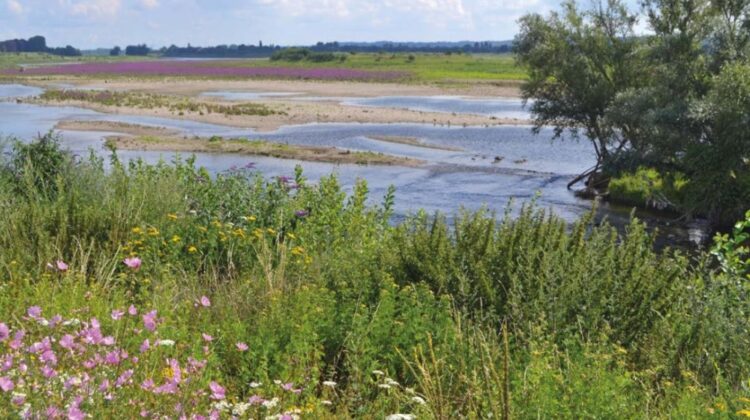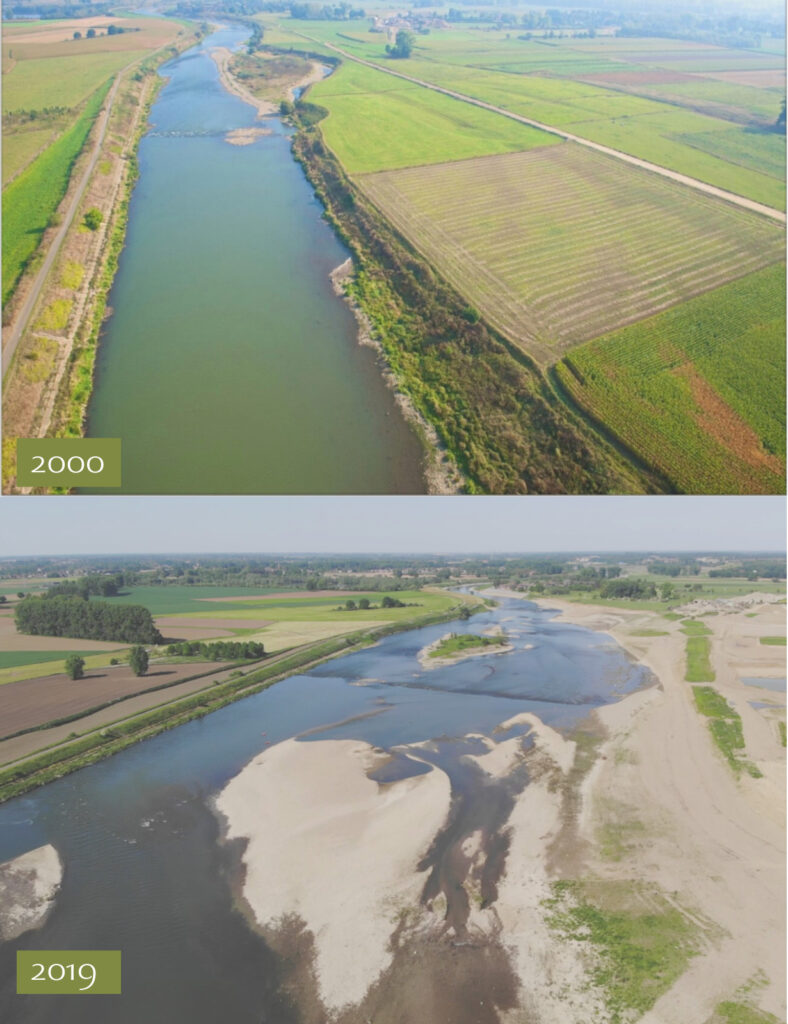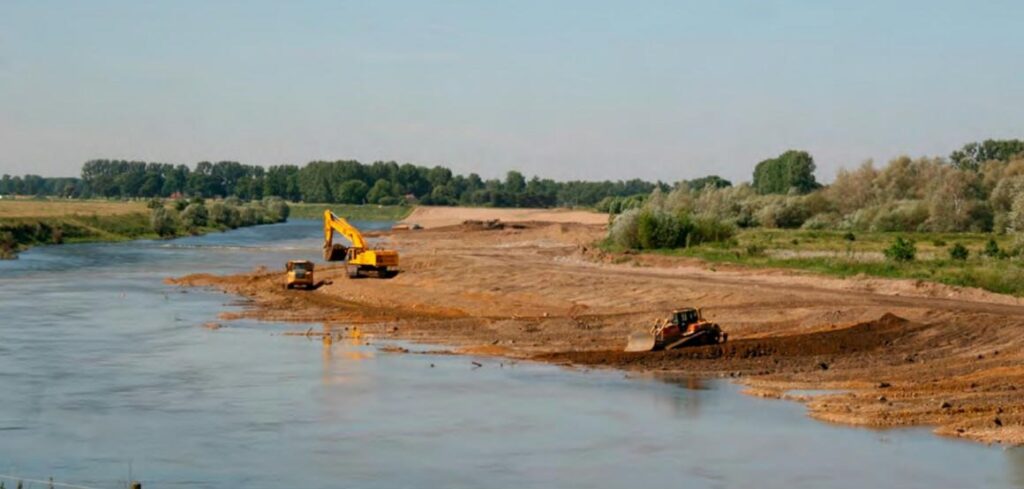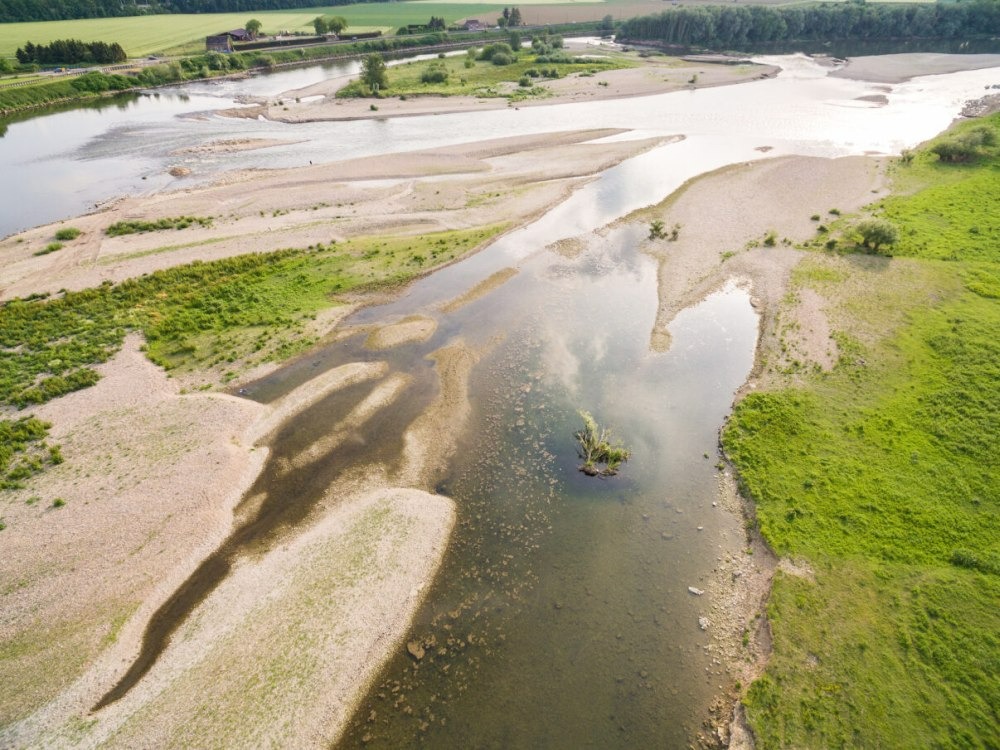
In the heart of Western Europe, along the Dutch-Belgian border, a remarkable feat in habitat restoration has been unfolding since 2007. The Border Meuse Project, also known as “Grensmaas,” marks Europe’s largest river restoration endeavor aimed at reverting 500 years of Dutch water management practices. This ambitious project has not only revitalized a 45-kilometer stretch of the Meuse River but has also given rise to the 1200-hectare RivierPark Maasvallei (Meuse Valley River Park), a thriving haven for wildlife and a burgeoning destination for green tourism.

The project, initiated three decades ago, harnessed the concept of rewilding by transforming a regulated 45-kilometer stretch of the Meuse into an unregulated, more natural river system. With an investment totaling €550 million and a meticulous planning phase initiated in 1990, the rewilding efforts are slated for completion in 2027. However, the impact has already been substantial, attracting two million visitors last year and generating nearly €1 billion in revenue for the region.

The Rewilding Europe network, dedicated to restoring natural habitats across the continent, highlights the Dutch-Belgian border river rehabilitation as an exemplary green investment success story. Beyond ecological and tourism-related advantages, the project has significantly mitigated flood risks that once plagued the region, covering hundreds of square kilometers as recently as the 1980s and 1990s.

Key to the success of the project was the strategic separation of nature and agriculture. The acquisition and restoration of farms in the river basin played a crucial role, convincing farmers through generous compensation and the acknowledgment that floods had made farming adjacent land increasingly challenging. While the shift from traditional agriculture led to temporary job losses, the surge in tourism and recreational infrastructure development created an impressive number of new jobs. Property values in the region increased by more than 10 percent compared to similar areas in neighboring countries.

Nijmegen, where the project originated, received accolades as the European Green Capital in 2018, underlining the transformative impact of the rewilding initiative on both the environment and the local economy.
Detailed planning, including a thorough analysis of floods spanning the past 250 years, preceded the reclamation efforts. The changing shoreline and floodplain were meticulously designed to align with historical water levels, incorporating cartographic records from past centuries.

The project not only shaped the river basin but also involved the removal of tens of thousands of kilometers of fencing and the reintroduction of sturgeon, beavers, and otters to bolster ecosystem sustainability. Free-roaming animals like Galloway cows and Polish Konik horses now contribute to maintaining woodland flora along the riverbanks, creating a harmonious ecological balance.

The revived ecosystem has allowed fishing to resume to a limited extent, offering river products such as beef, horse meat, herbs, and other vegan options. The resurgence of fish populations, including Atlantic salmon and sea trout migrating from the North Sea, further underscores the project’s success.
As the habitat restoration video showcases the incredible results, it serves as a poignant reminder that nature, given the opportunity, reclaims its old realm with astonishing resilience. The Dutch-Belgian border river rewilding project stands as a testament to the transformative power of allowing nature to flourish once more.

Leave a Reply